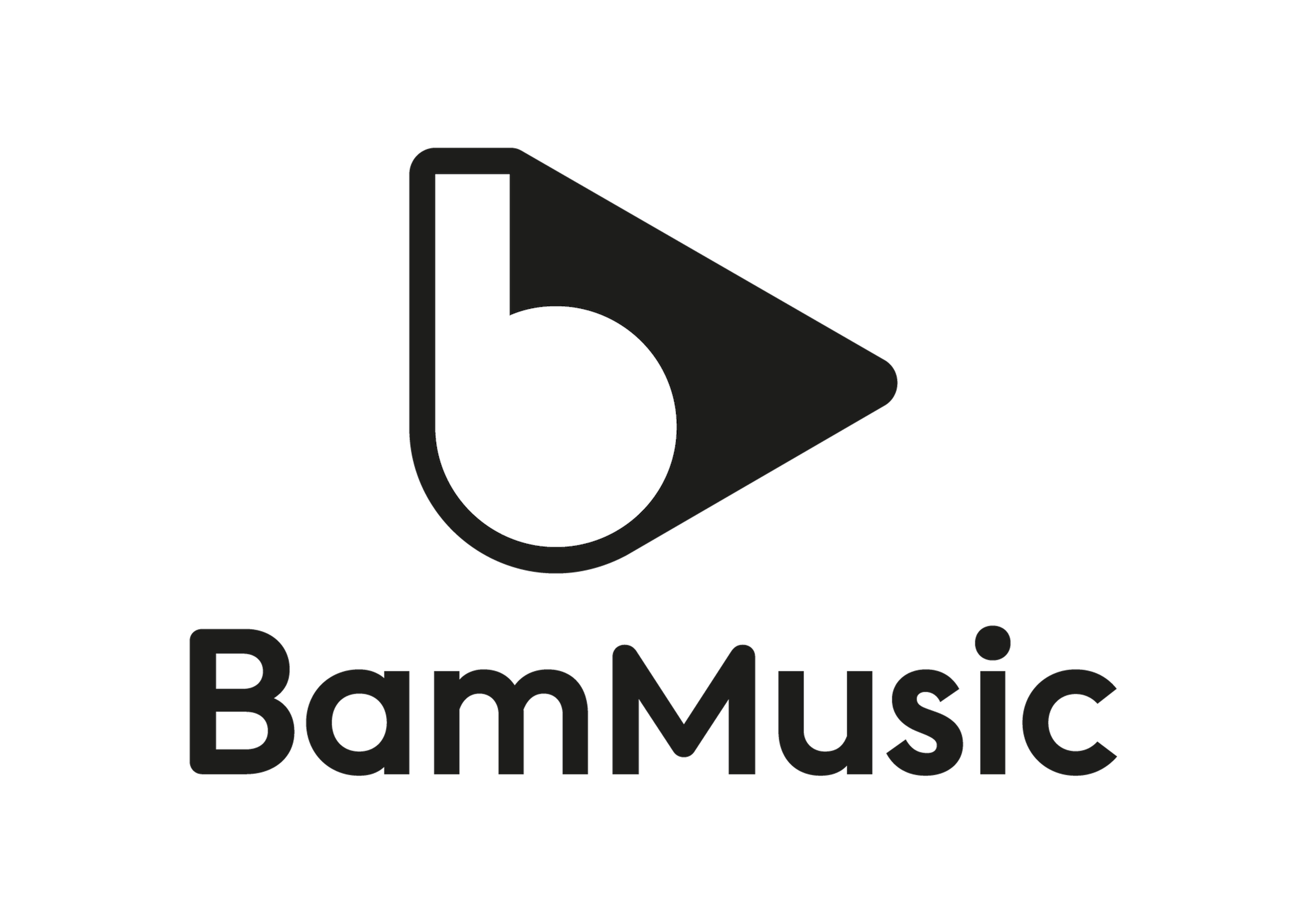You found the perfect track for your video, but you don’t know if you’re allowed to use it. Or maybe, you’re scared that one of your videos might get demonitized. Those are some of the common worries among the YouTube community. Indeed, the use of music on YouTube leads to many puzzling questions. In this article, we’ll try to answer 10 questions about music on YouTube that online creators have already asked to themselves.
1. Can I use any music?
No, you can’t use any music on YouTube. Well, technically nothing prevents you from editing a music on your video and to upload it. But sooner or later , YouTube will block your content. Thus, you can’t use any music on YouTube. But there are some that are allowed: copyright free music, royalty free music that you purchased, or even music that you licensed to an online library company.
2. Is it true that I can use 30 seconds of a copyrighted music?
That’s one of most-frequently asked questions about music on YouTube among those 10. Maybe you’ve heard that it’s okay to use only 30 seconds of any music online. That’s not true. Whether it’s 5 or 30 seconds, any music falls under the same copyright legal frame. Plus 30 seconds is more than enough for the Content ID algorithm to identify the sound you used. So put that in your mind!
3. What are the consequences of using music without permission?
There are basically two different type of consequences if you used a music without permission. First the copyright takedown: it happens if the owner of the sound notified YouTube so that they take down your video. It will result in a first copyright strike, which will affect your channel (monetization notably). It expires in 90 days. On your third strike, all your video might be deleted. Your channel and associated account will shut down. The other possibility is a Content ID Claim. Those don’t affect your channel, however the owner will be able to get the revenue of the monetization of the video, or block your video. But you won’t get a strike.
4. How to know if a music is copyrighted?
Almost every song is copyrighted, so just consider that every song you’ve found for your video is likely to lead to copyright claim. But still, if you want to know that information for a particular song. Until pretty recently, there used to be a feature on the YouTube Creator Studio that allowed you to know if any song was copyrighted. It has been removed now. The alternative is to create another YouTube account, upload the video with the music in it and later on check the copyright claim summary attached to that video. That’s not the most efficient way to proceed but I guess it’s the most reliable one unfortunately.
5. How can use a music?
There are several options. Use a music under free licenses, which is the simplest and cheapest thing to do but with that can lower the quality of your content. You can also go to royalty free music libraries or choose to use a better quality music with music licensing libraries. Some music librairies, such as BAM Music, offer you great collection with dedicated music for Youtube. In both cases you’ll have to purchase a license for your song.
6. Can I monetize a video that uses such music?
It all depends on the license you’ve purchased. Depending on the commercial use permissions you have, you’ll be able to make a certain amount of money from your content on YouTube or any online platform. Even for copyright free music, every music under free license is not suited for commercial use. Be sure to check the details of that particular license.
7. What if I still get claimed?
That can happen if you didn’t get the right license for the use you made from that music. But that can even happen even if you got the right license. You’ll have to contact your license library, so they authorize you to use it. For some licensing companies, this process is automated. Check that directly with your licenser!
8. What is fair use?
Fair use adds limits to copyright in the US law. It allows you to use a music without getting the permission to do so before hand, under certain circumstances. There are several factors to take into account to tell is fair use is relevant in your case:
- The purpose of your work. For example: educational purposes, parody, criticism, research, artistic value.
- The nature of the original copyrighted work.
- How much of the original work is used compared to the entirety of the copyrighted work.
- The consequences of your creation on the copyrighted work’s value. Briefly, if that will result in the loss of income, of market share, etc.
9. Does it also apply to live streaming?
Yes, copyright policies also apply to live stream on YouTube. After YouTube identifies that you’re streaming a third-party content, they replace your live stream by a still image, asking you to stop using copyrighted content. If you do so, your live stream can go on. If not, they terminate it. It doesn’t stop there. After you’ve finished your live stream, if you decide to archive it, Content ID also applies to that video.
10. Can I use iMovie sound-effects?
To finish with these 10 questions about music on YouTube. What about sound-effects? Especially those provided by the iMovie software. They are the most commonly used sound-effects. But can you use them on YouTube? Yes, according to the iLife Software License Agreement, “you may use the Apple and third-party audio content (…) on a royalty free basis, to create your own original soundtracks”.







